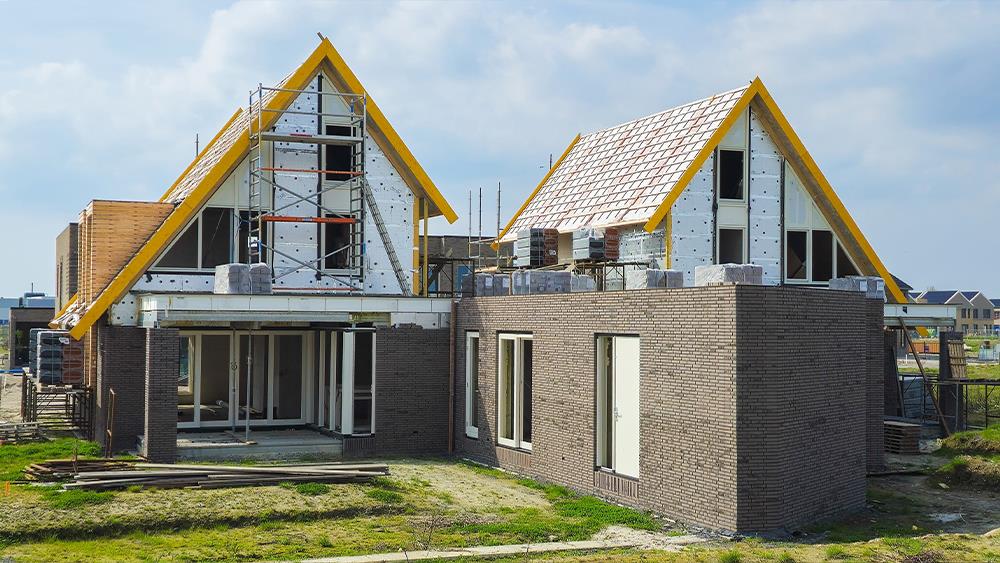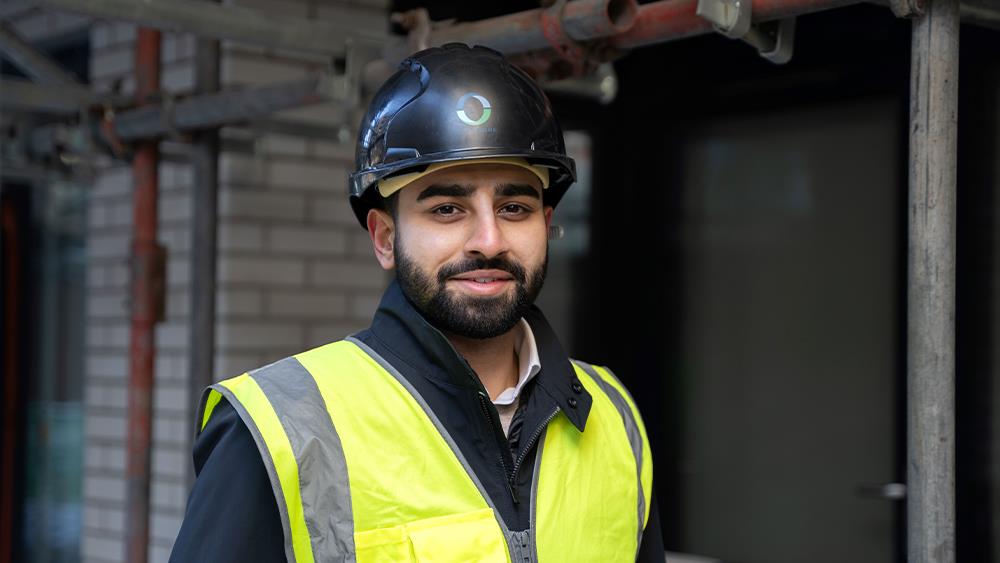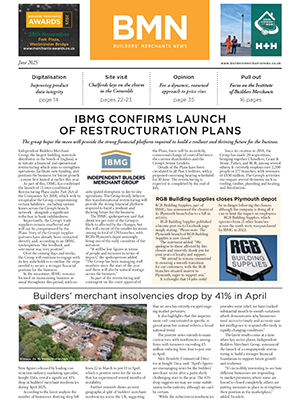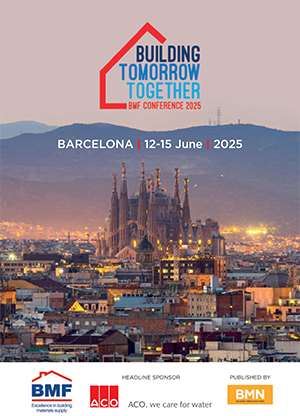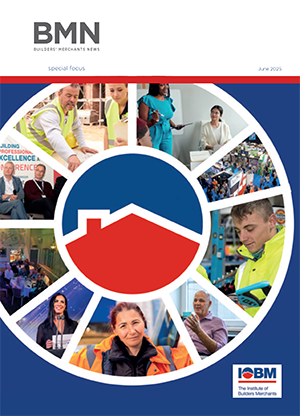It is quite usual to find different forms of construction taking place nearly every day of your life. Certain construction may include transport networks, commercial and residential buildings, structural repairs and development among many others. It is important to look at how the evolution of construction techniques would lay the platform for better development in the future.
The drone technology
Drones have been around for some time now, but the kind of technology and purpose of use keeps changing every single day. They would be a vital part of the construction industry in the coming years because of the capability they present to architects. Drones help in collecting data, executing sophisticated design strategies and accurate data transmission needed by engineers. The construction of complex drones would become active in downtime reduction, it will cause lesser accidents and enhance faster workflow at construction sites.
3-D printing
In the recent past, 3-D printing would only have the ability to perform small projects but currently, and in coming years, this technology would become useful in larger projects. Architects would have the chance to use this technology to create actual materials needed on the construction site to improve communication. In major development projects, planning a sequence of complicated designs is a real scare and this is also to the expert designers. However, 3-D technology simplifies all these complexities and offers easy ways to perform impossible assemblies.
Green building
The world's human population increases every year at alarming rates and because of this reason, its resources become insufficient to sustain the entire human race without feeling the choke. Green building addresses this issue with a solution-based approach including recycled construction material, organic paint and reclaimed lumber. This form of construction is eco-friendly and environmentally secure.
LIDAR (Light Detection and Ranging)
This technology incorporates laser technology to come up with special 3-D designs that architects need when they want a given design in construction. LIDAR technology uses laser illumination to analyse exact dimensions of an object or distance. This technology would change the amount of time taken in many construction projects because it is efficient and fast. In the next 50 years, LIDAR technology would evolve into a more complex design mechanism that is affordable and accurate for architects and other engineering experts.
Better than robotics equipment
Another big possibility that technology would bring is the application of virtual equipment in the construction industry. Lifting heavy material over a 50-level building is not an easy task even with heavy equipment, but in the coming years, specially designed technology would make this problem an easy endeavor. For instance, high-end cameras would enable machine operation through simple spoken commands rather than manual simulation.
Conclusion
To sum it up, the construction industry will experience technological advancements in the next 50 years from now because of the fast-evolving technology. There will be efficiency and accelerated construction thanks to the new trends in technology.
Jessica Kane is a professional blogger who writes for Federal Steel Supply, Inc.



